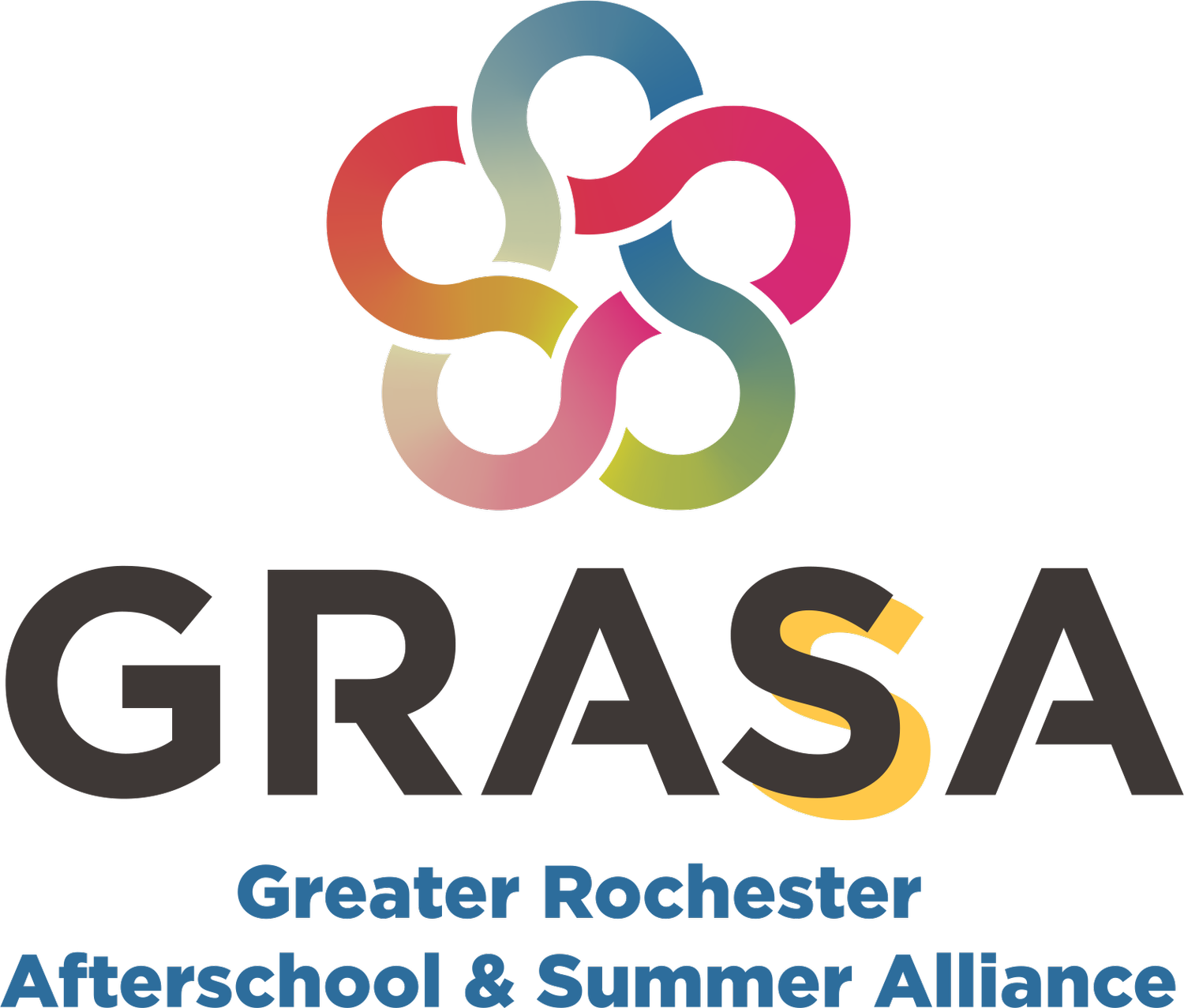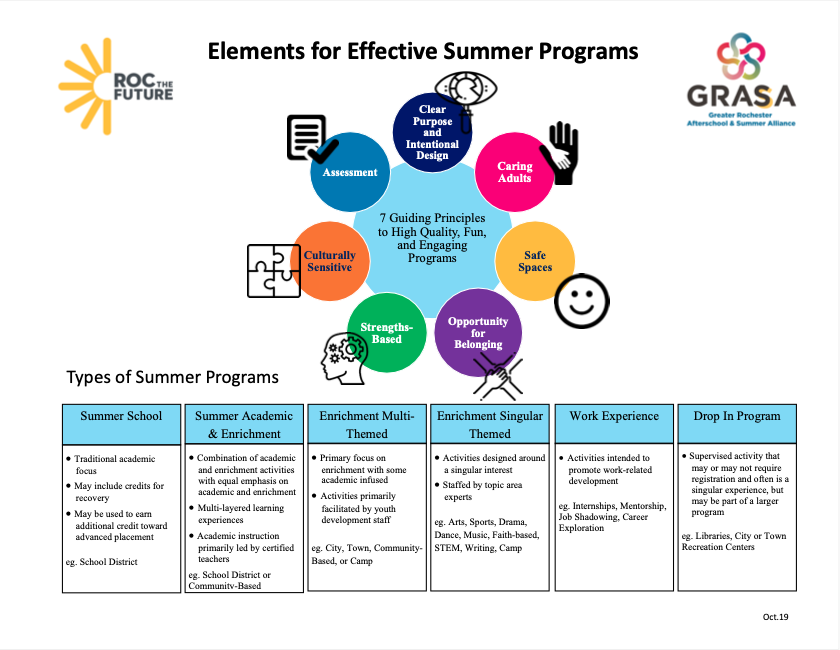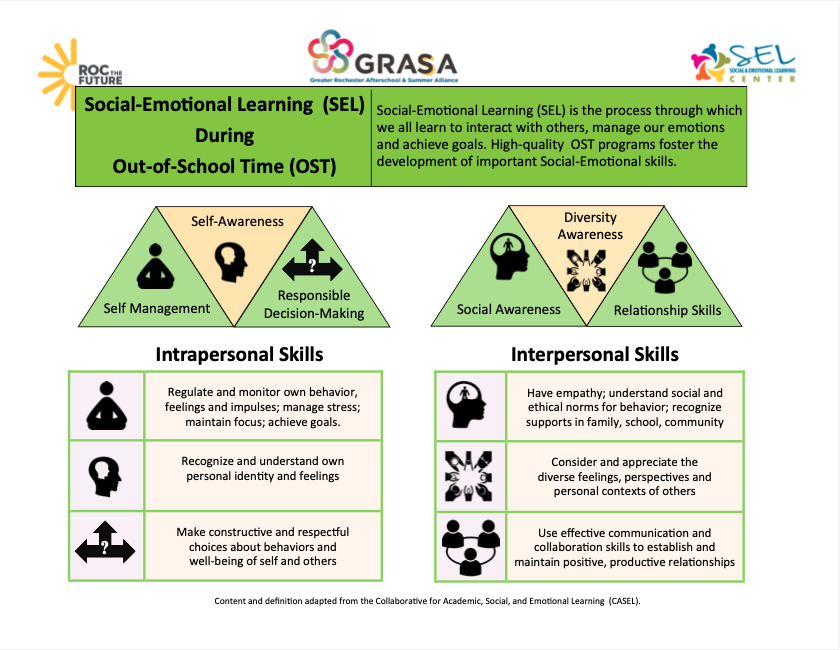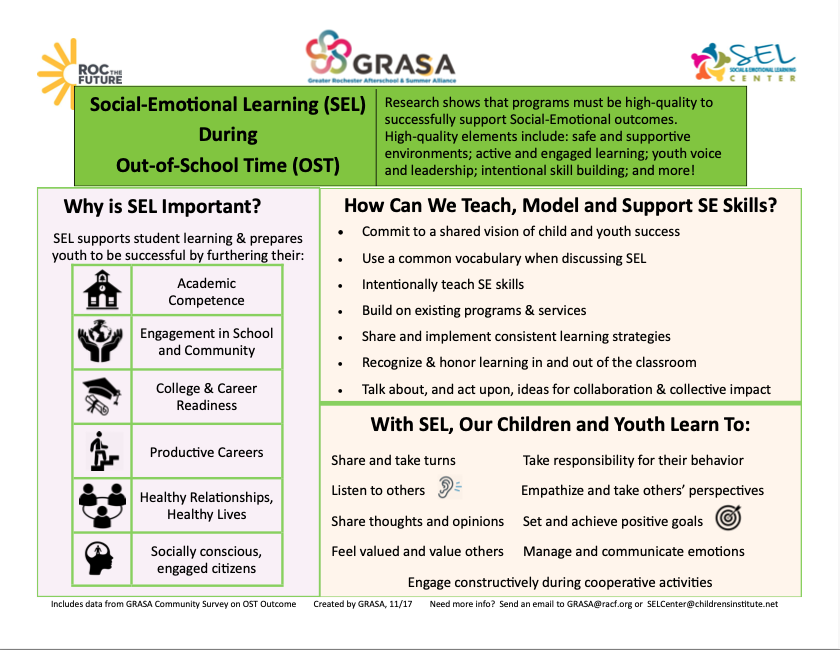GRASA’s Impact
GRASA’s impact on the community can be seen in a number of areas, including program quality, advocacy and communicating across stakeholders.
Quality Efforts
Local Quality Impact across Partner OST Program Sites: 2014-2019
Over the past six years, GRASA partner organizations and sites have intentionally focused on improving the quality of youth OST programming. High-quality programs contribute to youth development, well-being, and academic success. A program quality score focuses on 4 domains, Safe Environment, Supportive Environment, Interaction, and Engagement; scores combine into a Total Program Quality. Through a continuous improvement cycle and process program staff work toward increasing quality program practices in each domain, this includes observing the youth experiences occurring within the program and the staff practices that create the youth experiences.
Total Program Quality scores are based on a scale from 1 to 5; a score of 3 is the minimum threshold for quality, and over 4 is a representation of high quality. Based on a program score, the improvement system will help youth programs set meaningful improvement goals based on data, enact new practices, and create powerful developmental environments for youth.
The improvement system approach is based on positive youth development research and the desire to create a safe, supportive, and productive environment for youth. This approach, which uses the pyramid pictured above, is based on the understanding that it’s a youth worker’s responsibility to create a space in which young people can thrive. The pyramid provides a way to organize the many, many things a youth worker does to build a great experience for young people.
Two tools can be used for the observation process
School Age (SAPQA - Grades K-6
Youth Age (YPQA - Grades 4-12
Total Program Quality: School-Age (Gr K-6)
Reflected below is an increase in quality scores from the baseline year of 2014-15 in each domain. Improving quality is an on-going process. Scores fluctuate based on numerous factors such as rate of staff turnover, change in site director, capacity and time to reach all staff through professional development in improving quality, etc. The domains of interaction and engagement are higher level practice and youth experiential skills to implement.
Total Program Quality: School-Age Grades K-6
Total Program Quality: Youth (Gr 4-12)
Reflected below is an increase in quality scores from the baseline year of 2014-15 in each domain. Improving quality is an on-going process. Scores fluctuate based on numerous factors such as rate of staff turnover, change in site director, capacity and time to reach all staff through professional development in improving quality, etc. The domains of interaction and engagement are higher level practice and youth experiential skills to implement.
Total Program Quality: Youth Grades 4-12
Instructional Total Quality
Along with Total Program Quality, another important indicator is Instructional Total Quality(ITS). I Instructional Total Score is composed of ratings of staff instructional practice in three domains: A structured environment facilitated through guidance and encouragement (i.e., Supportive Environment), opportunities for leadership and collaboration (i.e., Interaction), and the capacity to promote planning and reflection (i.e., Engagement). Reflected below is an increase in aggregate community OST programs’ instructional quality scores from the baseline year of 2014-15.
Advocacy Wins
Secured increase in the per child student rate reimbursement from $1600 per child to $2000 per child in the NYS Advantage Afterschool Program funding stream.
Secured restoration of payment for services provided virtually through Advantage Afterschool programming funds to be paid at the full quarterly rate ($500/child) instead of 50% of the rate.
Secured a no-cost extension for one additional year for ALL NYS Advantage contracts due to slow state contracting processes. The end date for Advantage contracts will be August 31, 2025.
Secured elimination of attendance penalties for NYS 21st Century after-school programs during the pandemic






